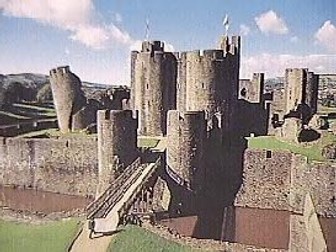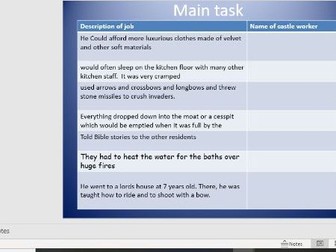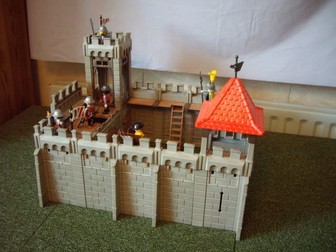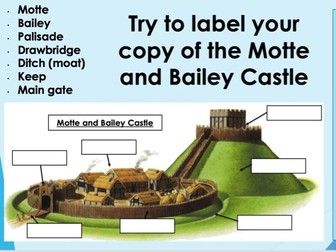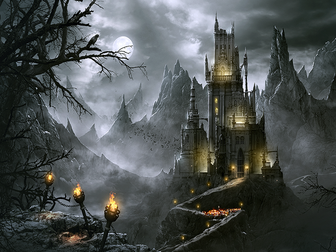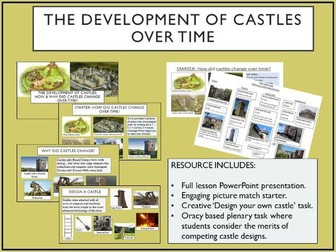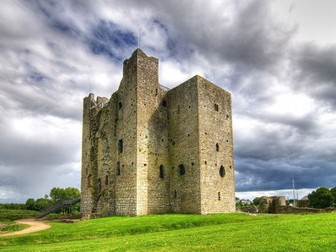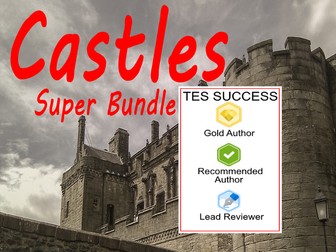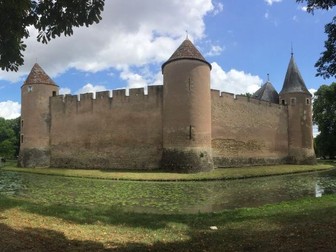
Defending a Castle
A well presented lesson on the defensive features of Medieval castles created for KS3 history students on Microsoft Powerpoint
A little about the lesson
Students are encouraged to design their own castle and its defences. Students are provided with a king-sized budget and challenged to research and to buy the latest medieval castle defences. Students must therefore consider effectiveness against budget. When considering castle defences students are challenged to use prior knowledge on the most effective and damaging methods of attack.
This is a lesson that excites students and really engages them in their learning. Take it a step further and challenge groups to ‘duel off’ against each others castles.
Whats included?
A whole 1 hour lesson powerpoint is included (there are teacher notes also under some slides). Student worksheets/resources are included in hidden slides in the relevant points of the presentation and also as an additional Powerpoint for ease of printing. Homework, Learning Objectives and outcomes have also been completed in this resource, however, they can easily be tweaked to suit the needs and ability of your classes.
Keep an eye out for more new and updated lessons in my store and my weekly tutor time quizzes!
If you enjoyed this lesson, please review and check out my other lessons in this scheme of work looking at ‘How did William keep control of England after 1066’?
Motte & Bailey castles
Stone keep castles
Attacking a castle
The Feudal System
Harrying of the North
